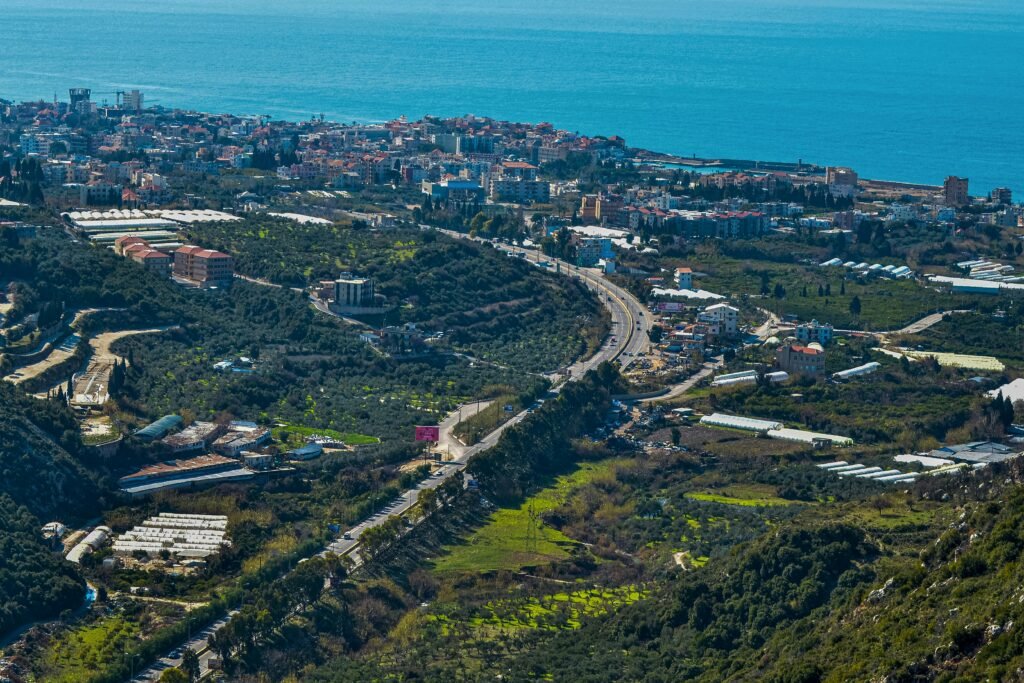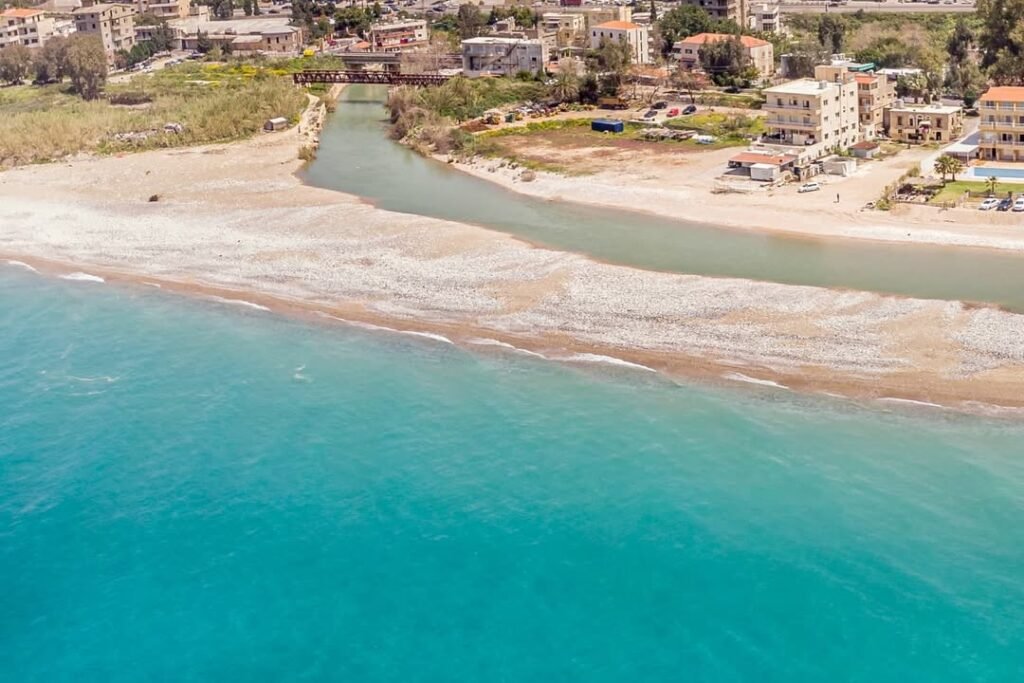Beirut is the capital of Lebanon, and it’s a city with a lot going on. Some neighborhoods are right on the coast, like Manara Sea and Rouché. These spots are great if you love ocean views. Others, like Gemmazeh, are perfect if you’re into nightlife, with bars that make Beirut’s evenings some of the liveliest in the Middle East.
In Beirut, you’ll find religious buildings for all the 18 religions in the country. There are prayer halls for the Druze, Orthodox, Catholic churches, mosques, and more. The city also has cool cultural centers hosting art shows and other exhibits.
One of the best spots to check out is the Pigeon Rocks, which are unique rock formations just off the coast. UNESCO recognizes them, and it is a big draw for visitors.
You can use taxis or buses to get around, but be prepared for heavy traffic—it can slow you down. Despite the traffic, Beirut has so much to see that it’s worth the wait.
If you’re visiting, these are some of the best things to do in Beirut.
Table of Contents
1. See The Grand Serail (Government Palace)
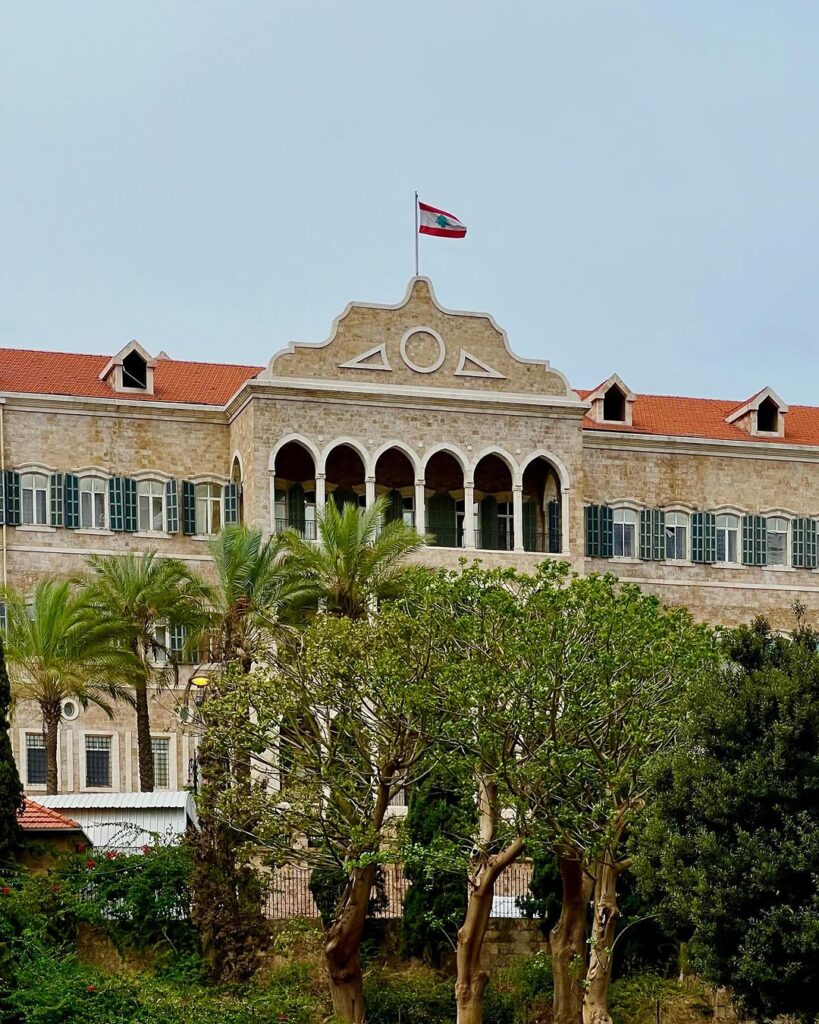
The Grand Serail is one of the most important monuments in Beirut in terms of grandeur. It sits in the city center, in the downtown area, in a slightly elevated position as if to overlook the rest of Beirut. Surrounded by armed soldiers, the Grand Serail building dates from the late 19th century and is open. To get there, go to the Al Omari Mosque and turn left; a few hundred meters further, you will arrive near the building.
2. Discover Pigeon’s Rock (Al Raouche Rocks)

The seaside promenade is called Avenue de Paris but is known as the Corniche. The Pigeon’s Rock can be seen from the Corniche, but you can come in via one of the lower parts of the cliffs, where there are many entrances and caves. They are stuck in the sea, about forty meters away, and seem to form natural, timeless arches. I advise you to go see them during the day. You come back at sunset, and seeing how the sea swallows the sun is incredible.
3. Explore Roman ruins in the city center
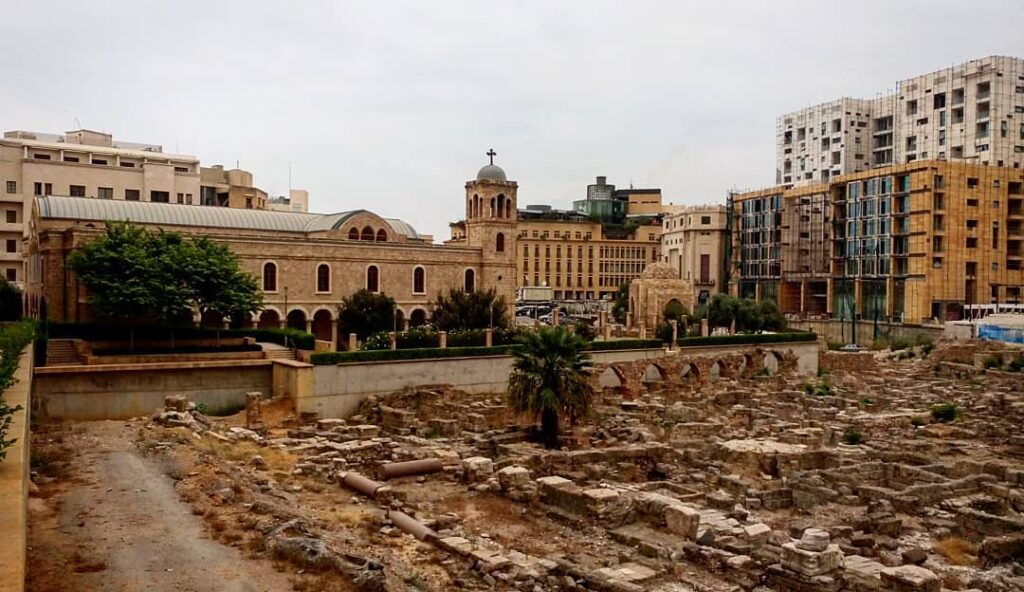
The ancient and prestigious Berytus Cardo & Decumanus Maximus is only part of the colonnade, which is visible during a walk in the city center, shortly after the Saint George Maronite Cathedral. Recently restored, these ruins are not as explicit in describing the beauty that was once the Roman site. Even so, it is particularly interesting in the position in which it is located today: just behind the many religious buildings surrounding the central district of Beirut. To get another view of the ruins, enter the guarded area of the power station (if you pass the cathedral on your right) and follow the road to the right.
4. Visit The ancient synagogue of Beirut
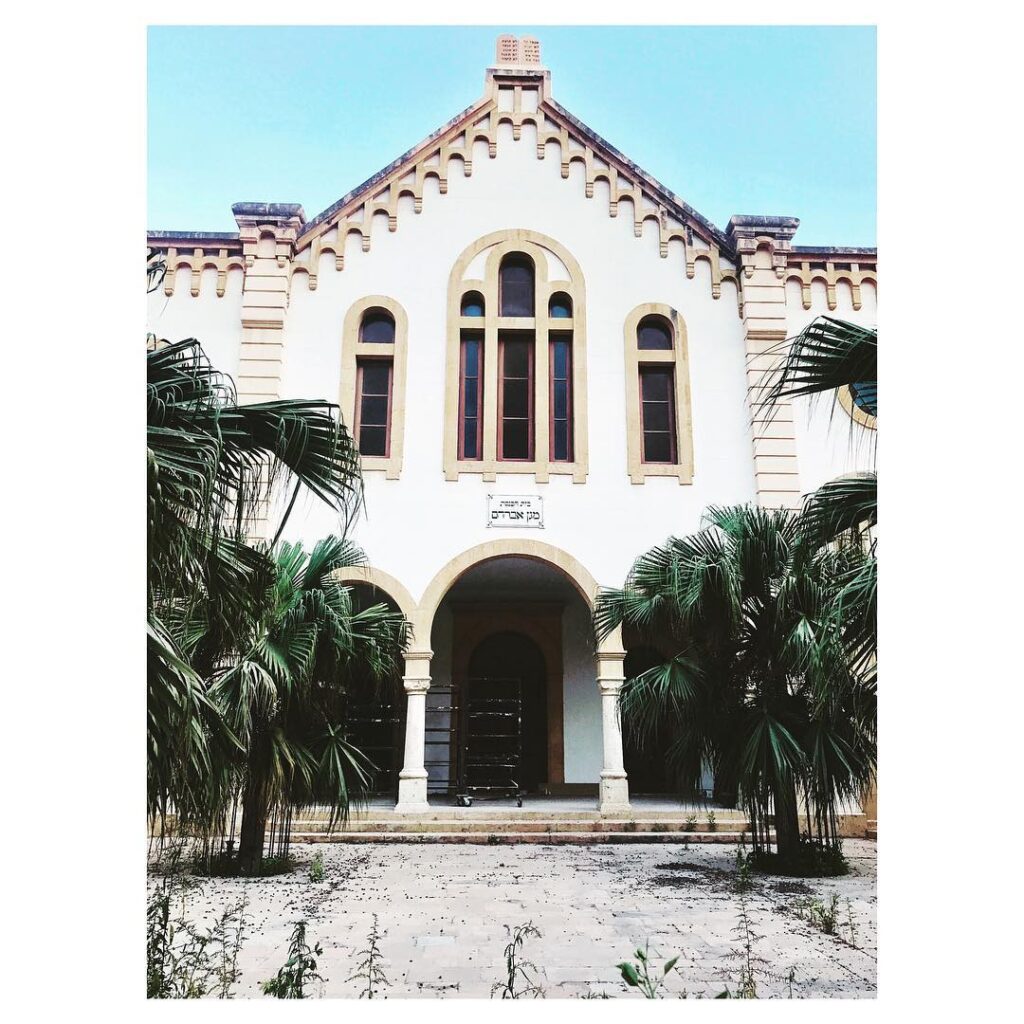
The Maghen Abraham Synagogue is one of Lebanon’s main synagogues in downtown Beirut’s Jewish district of Wadi Abu Jamil. It suffered damage from Israeli bombardment during the Lebanese Civil War. Restoration began in May 2009, and by August 2010, renovations were nearly complete, with finishing touches added to the interior. The synagogue was beautifully restored and reopened, only to be slightly damaged again in the 2020 Beirut explosions.
5. Explore Hamra District
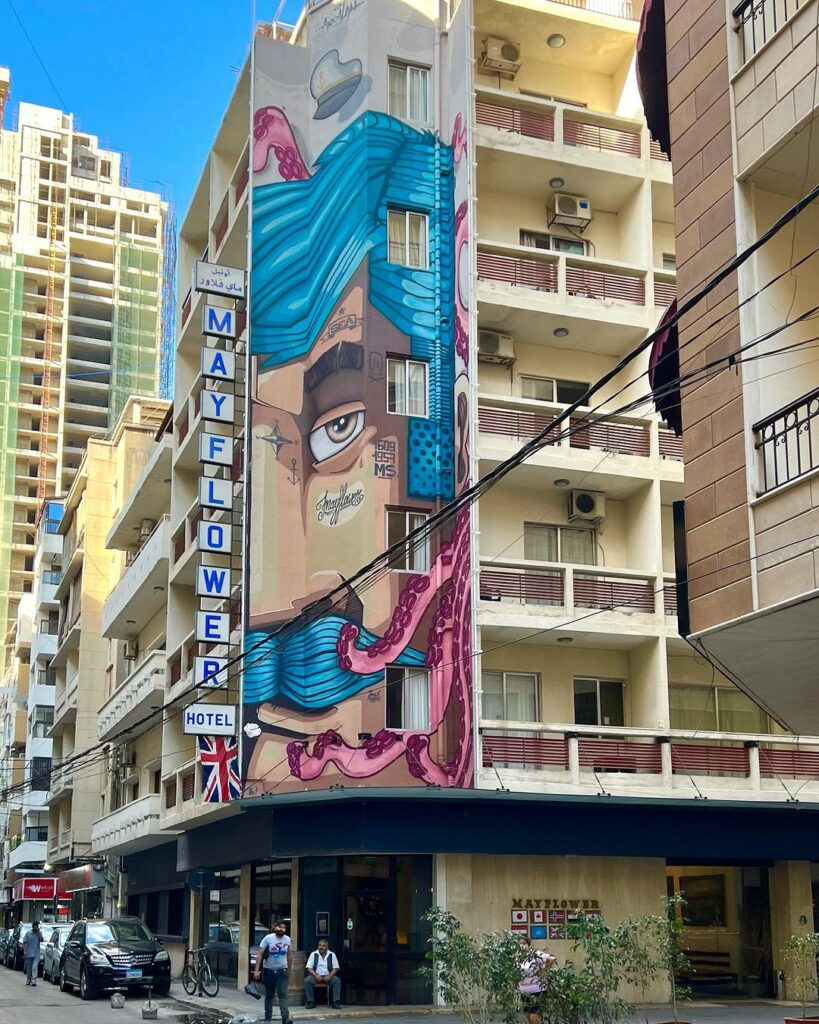
Between the city center and the Corniche area along the Beirut waterfront lies the Hamra district, one of the richest areas for local shops in the capital. The heart of Hamra is on the street parallel to the American University and the Sanayeh public gardens. Here, you’ll find Western and local coffee and fast food chains like Starbucks and the Lebanese Buzz Stars.
To reach Hamra, take a taxi or bus No. 4. Plan to spend at least half a day exploring Hamra to get a taste of West Lebanon. It may not be the most authentic part of the city, but it’s still a significant piece of Cedar Country!
6. Visit Mohammad Al Amin Mosque
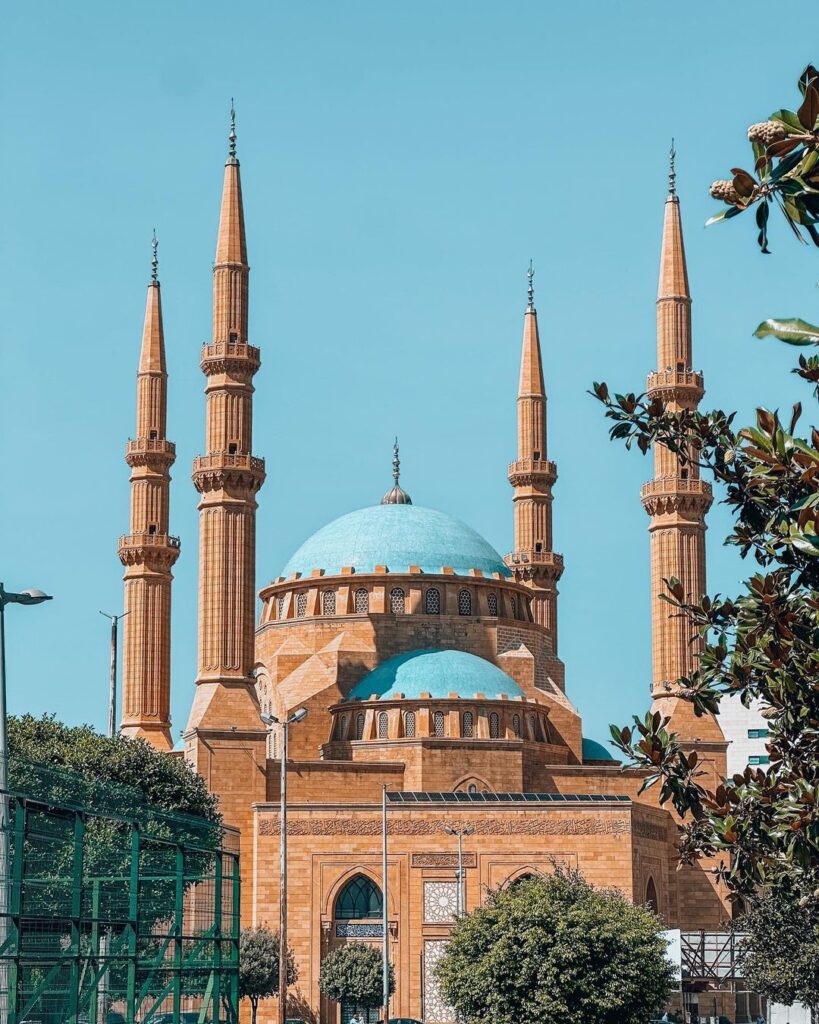
The impressive Mohammad Al Amin Mosque is located in central Beirut. In a sacred area near the mosque lies the grave of former Prime Minister Rafik Hariri, who was killed in an attack in 2005. The mosque faces Martyrs’ Square, a significant site of large mobilizations after Hariri’s assassination. The interiors of the mosque are richly decorated, and visitors are welcome. Women are required to wear a veil. The carpet covers the entire building floor, and photography is allowed.
7. Explore Gemmayzeh District
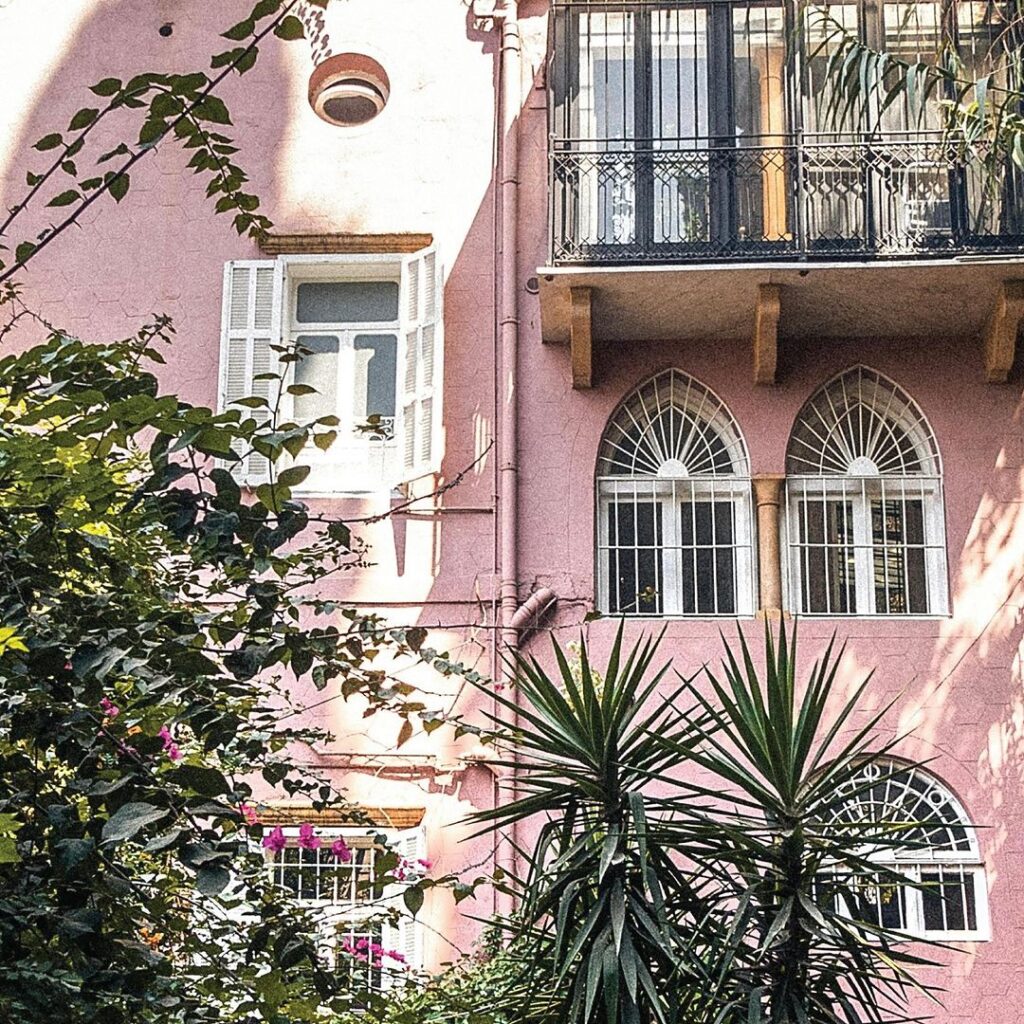
All you have to do is stroll through the streets and look up to see the iconic architecture of the district. The old houses, mingling with new buildings, feature the same triple-arched windows, a beautiful legacy of the past. Enjoy this charm while you can, as many of these houses are abandoned and not part of any rehabilitation plan.
Pay special attention to Rue Gouraud, a street turning heads and captivating visitors. Known as the “street with a traditional character,” or heritage street, Rue Gouraud runs through the Beirut neighborhoods of Saifi and Gemmayzeh. Signs at both entrances highlight its unique charm and historical significance.
Gemmayzeh neighborhood is also the best for nightlife and fine dining, offering a vibrant scene after dark and an array of culinary delights.
8. Discover Saifi Village- The upscale neighborhood
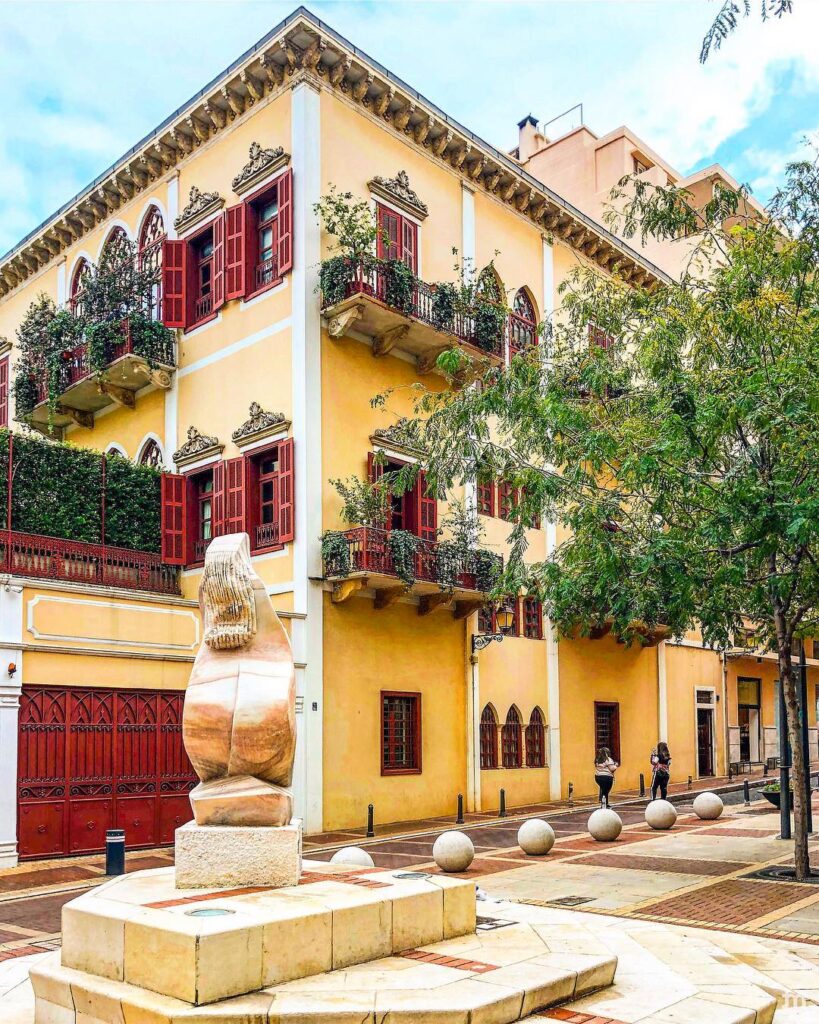
In the center, a few steps from Place de Martyrs, you will find a maze of narrow streets and small squares. Saifi Village is an upscale residential neighborhood in Beirut. The area was destroyed during the war in Lebanon but has been rebuilt by the private company Solidere in a vernacular style reminiscent of French colonial architecture. Saifi Village is a New Urbanist-style neighborhood featuring cobblestone streets, apartment buildings, townhouses, and various shops—these range from designer boutiques to car dealerships like Ferrari.
The village is also home to several art galleries and emerging Lebanese designer shops. Additionally, it includes gardens filled with seasonal shrubs, flowers, and trees, making it a perfect spot for family gatherings. Children’s playgrounds, wooden benches, and fountains enhance the park experience.
9. Stroll Corniche of Beirut

The Corniche is a long promenade beloved by Beirut residents seeking relaxation. After exploring the outskirts of the Lebanese capital, the Corniche offers a different vibe: groups of elderly and young people, as well as solitary walkers, stroll along the wide sidewalk. Despite the war-torn past of the last thirty years, you’ll now see a sea of cranes working on Beirut’s reconstruction. From Hamra, the Corniche is easily accessible, leading you straight to the beach.
10. Discover The American University of Beirut

The American University of Beirut is among the most popular in the city center, near Hamra Street and the eponymous district. Frequented by many foreigners coming here to study Arabic or continue their studies abroad, the university welcomes all visitors. It includes a beautiful campus, gardens with sea views, and a church. If you decide to visit, they will probably ask you to go to the control booth and ask for a document.
TIP: If you want to avoid having a conversation with security, you can easily enter the courtyard, like any student.
11. Have A Foodie’s City Tour
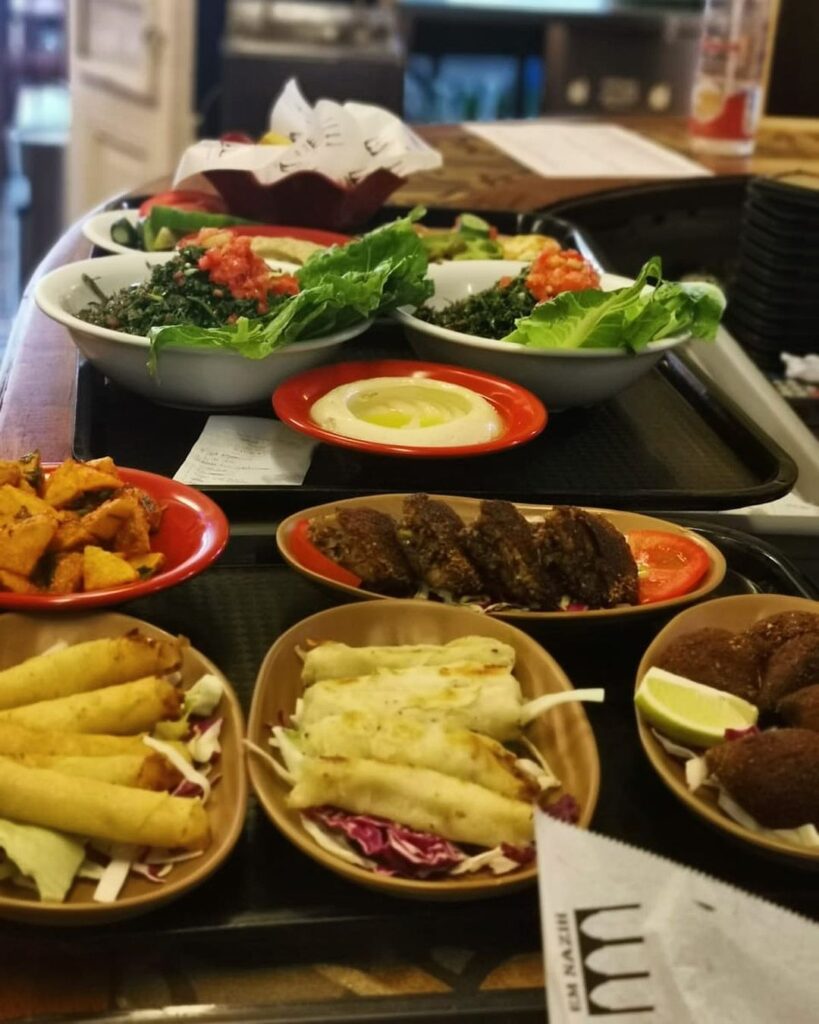
Beirut is a treasure trove of sights like ancient ruins, stunning beaches, and grand mountains, but its food is the biggest draw for visitors.
The city has squares and wide streets like in Paris and landmarks like the grand Mohammed al-Amin Mosque, reminiscent of Istanbul. Yet, the best reason to visit Beirut and Lebanon is the mouthwatering cuisine, enhanced by the warmth of the locals.
Dive into our blog post, crafted just for food lovers eager to find the top spots to eat in Beirut and indulge in the incredible flavors of Lebanese food.
12. Discover Beirut Green Line

Lebanese history has been marked by conflicts since its creation. One place in the capital, Beirut that recalls this horrible past is the Green Line. It’s one of the city’s main streets, stretching almost from one end to the other. For years, this street meant more than just a road; it was the border between the two areas into which the city was divided from 1975 to 1990: the north and the south, the Muslim and Christian zones.
This large avenue was a no man’s land; crossing it meant certain death. Monitored 24 hours a day by soldiers from both sides, no one dared to set foot there. Over time, grass grew and turned the street green, hence its name. Today, hundreds of cars fill the area, and the sound of horns and pollution are ever-present. Yet, the scars of those terrible times remain. Many buildings are still half-destroyed, and shrapnel marks are visible, serving as constant reminders of the war.



